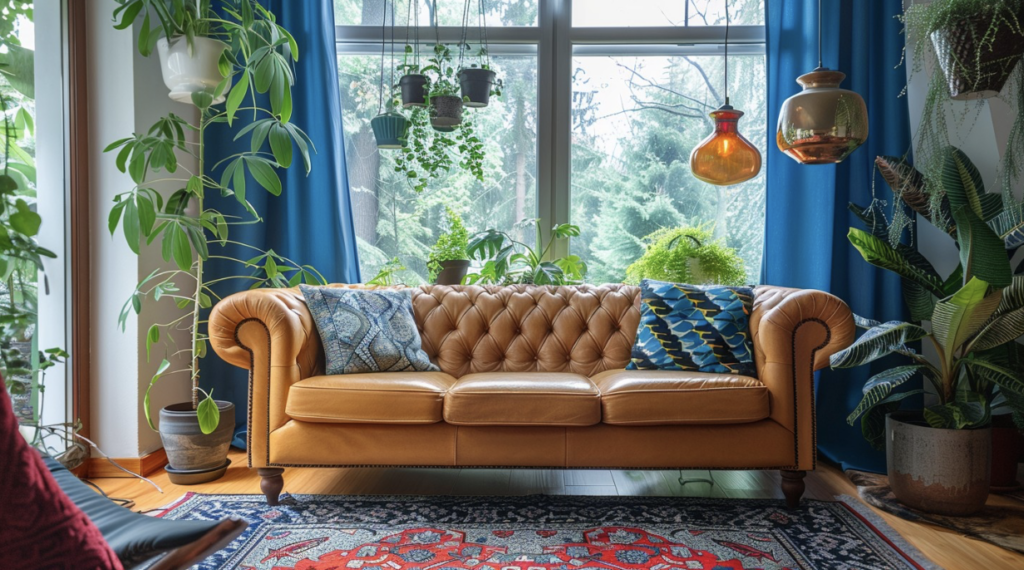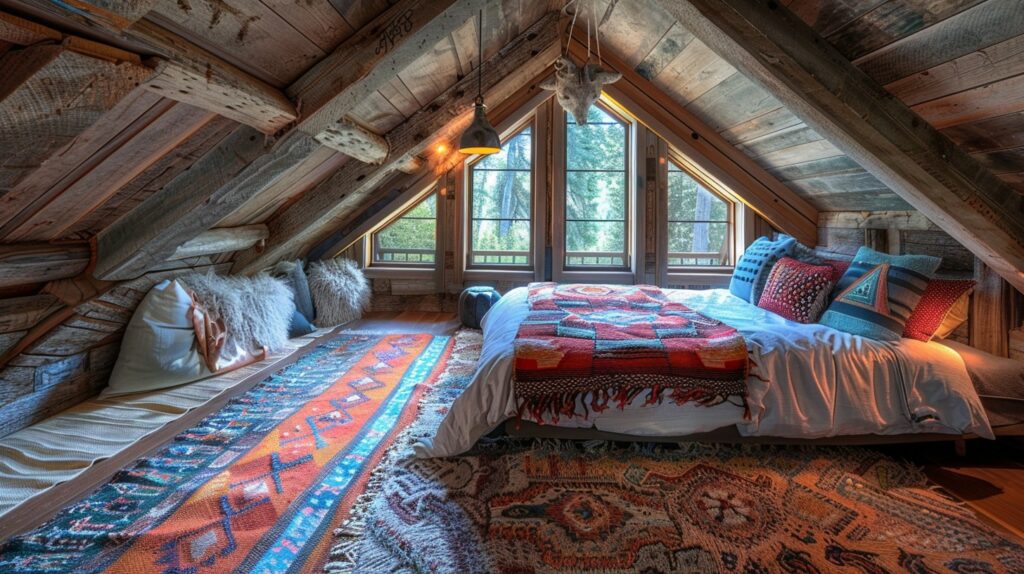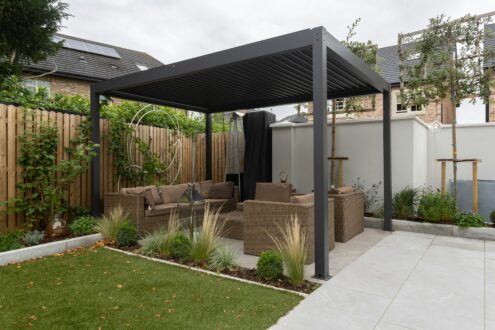
Source: StockCake
Area rugs can transform any room, adding warmth, color, and texture. However, placing them correctly is crucial to achieving the desired effect. Whether you’re redecorating your living room, bedroom, or dining area, knowing how to position your rugs can make all the difference. Correct placement not only enhances aesthetics but also improves functionality and comfort.
When it comes to interior design, rugs play a very important role. They can anchor a room, define spaces, and add visual interest. But how you position them can make all the difference. Let’s dive into the fundamental dos and don’ts to help you get it right.
Understanding the Basics of Rug Placement
Rug placement involves more than simply laying a rug on the floor and hoping for the best. It’s an art that requires thoughtful consideration to achieve harmony and balance in your space. Proper rug placement can tie together various elements of a room, creating a cohesive look that enhances both the aesthetics and functionality of the space. From choosing the right size and shape to ensuring that the rug complements other design elements, every decision contributes to the overall feel and utility of the room.

Source: StockCake
By adhering to these essential dos and don’ts, you’ll master the art of rug placement, ensuring that your rugs serve their intended purpose while enhancing your home’s design. Understanding these principles will help you avoid common pitfalls and achieve a well-balanced and visually pleasing environment. Whether you’re aiming to define separate areas within an open-plan space or simply enhance the comfort of a room, these guidelines will steer you in the right direction.
Do: Consider the Size of Your Rug
One of the most common mistakes is choosing a rug that’s too small for your space. The main keyword ‘rugs’ should fit well within the dimensions of the room. In the living room, for instance, your rug should be large enough to accommodate all the furniture. Ideally, all the front legs of your furniture should rest on the rug. This approach not only grounds the space but also creates a cohesive look.
Pro Tip: For a more luxurious feel, opt for a larger rug that allows all the furniture legs to be on it.
Don’t: Float a Small Rug in the Middle
Avoid placing a small rug in the center of a large room. This floating effect can make the room look disjointed and awkward. A rug should connect the various elements of your space, not isolate them.
Do: Use Rugs to Define Areas
In open-plan spaces, rugs are perfect for defining different areas. For instance, in a combined living-dining room, a rug can delineate the seating area from the dining area. This is particularly useful in large, open spaces where creating a sense of order is essential.
Pro Tip: Choose different rug styles or patterns to distinguish between areas while maintaining a complementary color palette.
Don’t: Overlook the Shape of Your Rug
The shape of your rug should complement the shape of your room and furniture. Round rugs work well under round tables, while rectangular rugs are ideal for living rooms and bedrooms. Don’t be afraid to experiment with shapes, but ensure they enhance the overall aesthetic rather than clash with it.
Do: Think About Traffic Flow
Rugs in high-traffic areas should be durable and positioned in a way that doesn’t impede movement. For example, in a hallway, a runner can add a decorative element while protecting the flooring and guiding the flow of foot traffic.
Pro Tip: Look for rugs with a low pile for high-traffic areas, as they are easier to clean and maintain.
Don’t: Forget About Rug Pads
A rug pad is essential for keeping your rug in place and extending its life. It prevents slipping, adds cushioning, and can even help with sound insulation. Make sure to choose the right size pad for your rug to avoid bunching or uneven wear.
Do: Layer Rugs for Added Depth
Layering rugs is a trend that adds depth and texture to your space. You can layer a smaller, more decorative rug on top of a larger, more neutral one. This technique is particularly effective in creating a focal point or adding warmth to a room.
Pro Tip: When layering, mix different textures and patterns but keep the color scheme consistent to avoid overwhelming the space.
Don’t: Ignore the Room’s Color Scheme
Your rug should complement the room’s color palette. Consider the existing colors of your furniture, walls, and decor when selecting a rug. A well-chosen rug can tie the room together, while a poorly chosen one can disrupt the harmony.
Do: Experiment with Patterns and Textures
Rugs are an excellent way to introduce patterns and textures into your space. If your room is predominantly neutral, a patterned rug can add a pop of color and interest. Conversely, in a room with bold colors, a neutral rug can balance the space.
Pro Tip: Use patterned rugs in high-traffic areas as they tend to hide stains and wear better than solid colors.

Source: StockCake
Don’t: Place Rugs Too Close to Walls
Leaving a bit of space between your rug and the walls can make a room feel more spacious. Ideally, there should be about 10 to 20 inches of bare floor between the rug and the walls of the room. This spacing helps create a balanced look and allows your rug to act as a central feature without overwhelming the space.
Do: Match Rugs to Room Function
Consider the function of the room when choosing a rug. For example, a plush, comfortable rug is perfect for a bedroom, providing a soft surface to step onto when you get out of bed. In contrast, a low-pile, easy-to-clean rug is better suited for dining areas, where spills are more likely.
Pro Tip: For multifunctional rooms, choose a versatile rug that balances comfort and practicality, enhancing both aesthetics and usability.
Mastering the art of rug placement can significantly enhance the look and feel of your home. By following these dos and don’ts, you can create a cohesive and inviting space that reflects your personal style. Remember, the key is to choose the right size, shape, and style of rugs for each room and to consider the overall layout and flow of your space. With these tips in mind, you’ll be well on your way to a beautifully designed home.











Leave a Reply